 Esperanto
Esperanto
 Shqiptare
Shqiptare
 Euskara
Euskara
 Zulu
Zulu
 Latinus
Latinus
 Cymraeg
Cymraeg
 தமிழ்
தமிழ்
 Slovak
Slovak
 Slovak
Slovak
 Afrikaans
Afrikaans
News Center
Concept and working principle of frame grabber
Publish:
2022-08-29 22:45
Source:
www.premier-cable.net
Concept and working principle of frame grabber
Image Grabber sends the image and video signal of the camera in frame units to the computer's memory and VGA frame memory for computer processing, storage, display and transmission;
In the machine vision system, the image collected by the image card is used by the processor to process whether the workpiece is qualified, the movement deviation of the moving object, the location of the defect, and so on.
1. Basic Concepts
1. Frame Graber
The image acquisition card is the interface between the image acquisition part and the processing part. The process of converting an image into a digital image after sampling and quantization and inputting and storing it in the frame memory is called acquisition and digitization.
2. A/D conversion
Video quantization processing refers to the process of converting the analog video signal output by the camera into a digital signal that can be recognized by the PC, that is, A/D conversion. The quantization processing of video signal is an important part of image acquisition processing.
3. Number of transmission channels (Channel)
The ability of the capture card to perform A/D conversion on multiple cameras at the same time. Such as: 2 channels, 4 channels.
4. Resolution
The maximum dot matrix that the capture card can support reflects the performance of its resolution. That is, the maximum resolution of the camera that it can support.
4. Classification of image grabbers
Frame grabbers can be divided into digital grabbers (using digital interfaces) and analog grabbers according to the video signal source.
Frame grabbers can be divided into external grabbers (boxes) and built-in boards according to the way of installation and linking.
Frame grabbers can be divided into soft compression cards (consuming CPU resources) and hard compression cards according to video compression methods.
Image capture cards can be divided into 1394 capture cards, USB capture cards, HDMI capture cards, DVI/VGA video capture cards, and PCI video cards according to the video signal input and output interfaces.
Frame capture cards can be divided into TV cards, frame capture cards, DV capture cards, computer video cards, monitoring capture cards, multi-screen cards, streaming media capture cards, component capture cards, high-definition capture cards, and notebook capture cards according to their performance functions. , DVR card, VCD card, non-linear editing card (referred to as non-editing card).
Frame grabbers can be divided into broadcast grade frame grabbers, professional grade frame grabbers, and civilian grade frame grabbers according to their uses. The main difference between them is the difference in the collected image indicators. Since the VGA image capture card is generally a built-in board, that is, it needs to be inserted into the PCI expansion slot when installed and used.
Desktop computer motherboards are configured with fixed expansion slots that connect directly to the computer's system bus. Users can add sound cards, graphics cards, video capture cards and other devices according to their own usage. The video capture card is a bridge connecting the video source and the computer, so there are two connection devices in the board of the capture card, one is the video interface connecting the video source, such as VGA interface, DVI interface, USB interface, 1394 interface, etc. The computer is connected to the motherboard, generally using a slot series or a USB interface, and the board expansion slots mainly include PCI slots, PCI-E slots, ISA slots, and AGP slots.
Five, the output interface type
According to different application directions, in order to match the connected camera, the frame grabber card has a variety of output interfaces, the main interfaces are BNC, VGA, Cameralink, LVDS, DVI, USB, FireWire, etc.
LVDS Frame Graber
DVI Frame Graber
USB Frame Graber
BNC Frame Graber
VGA Frame Graber
FireWire Frame Graber
Cameralink Frame Graber
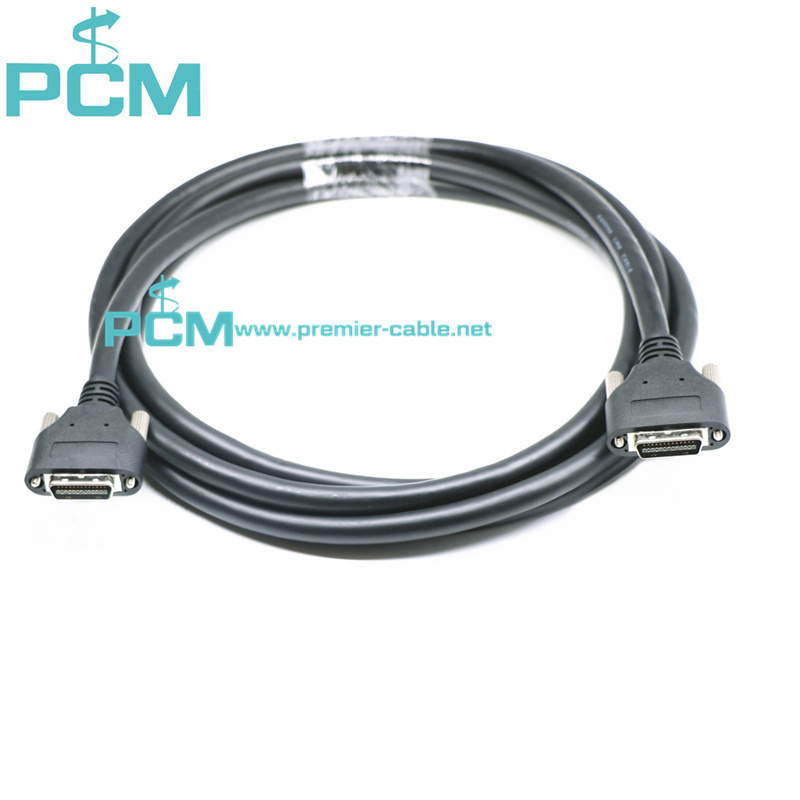

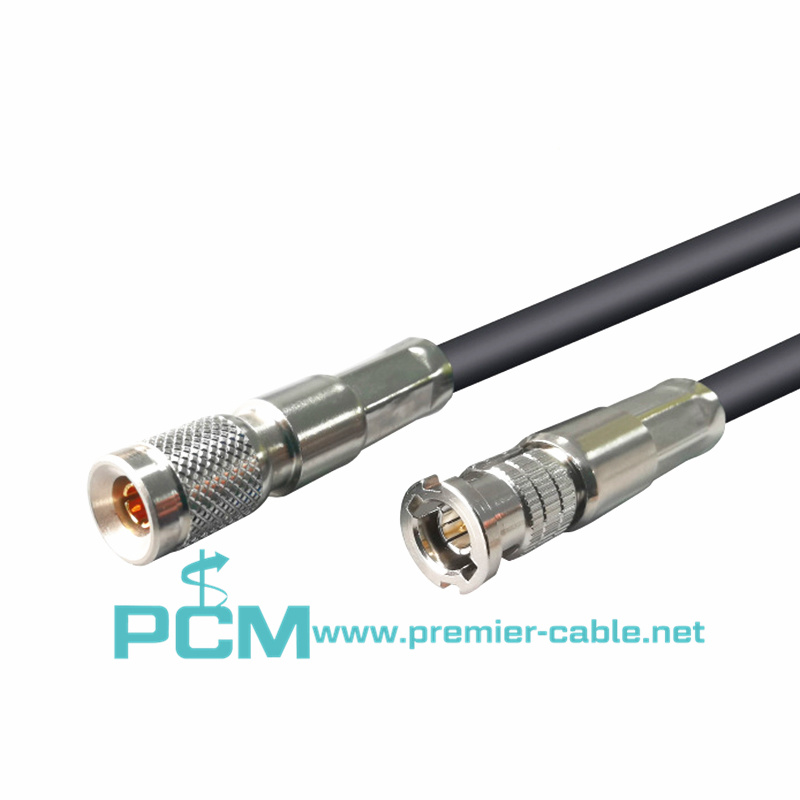
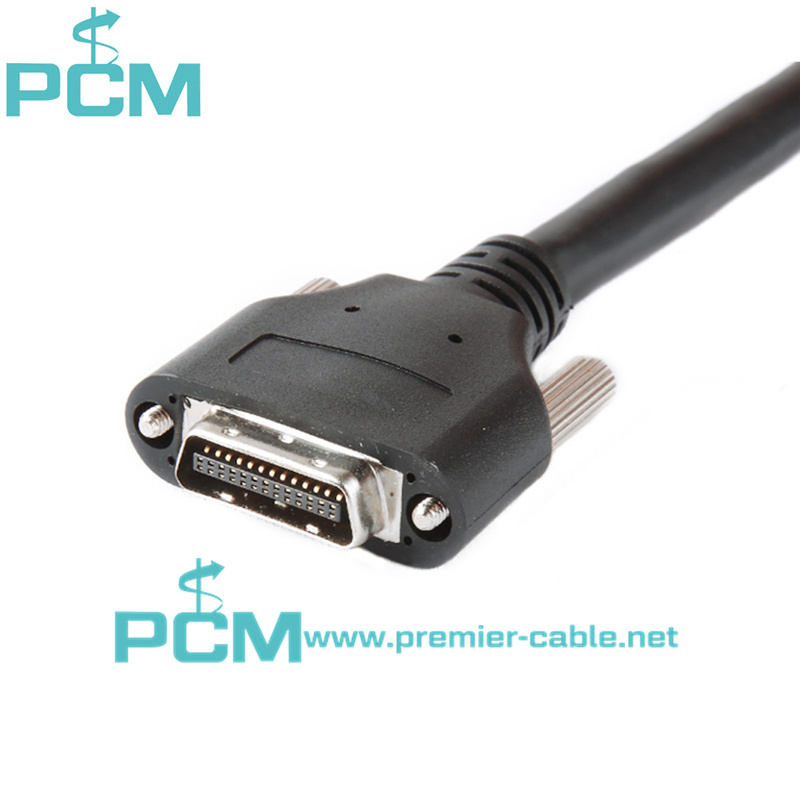
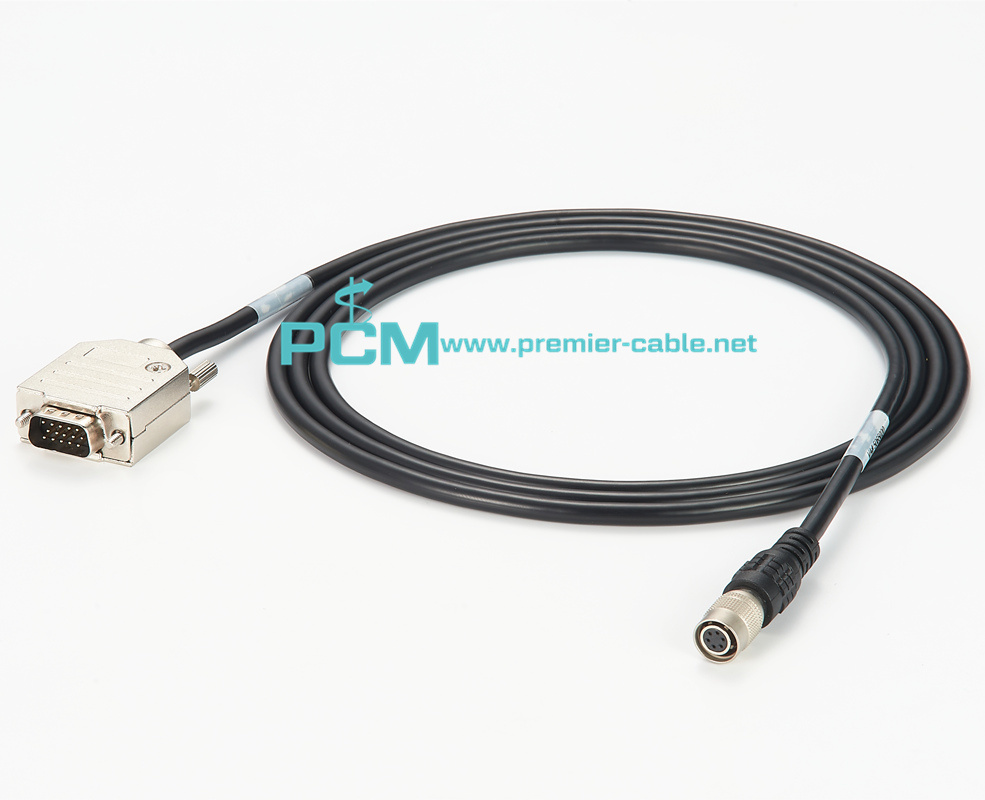
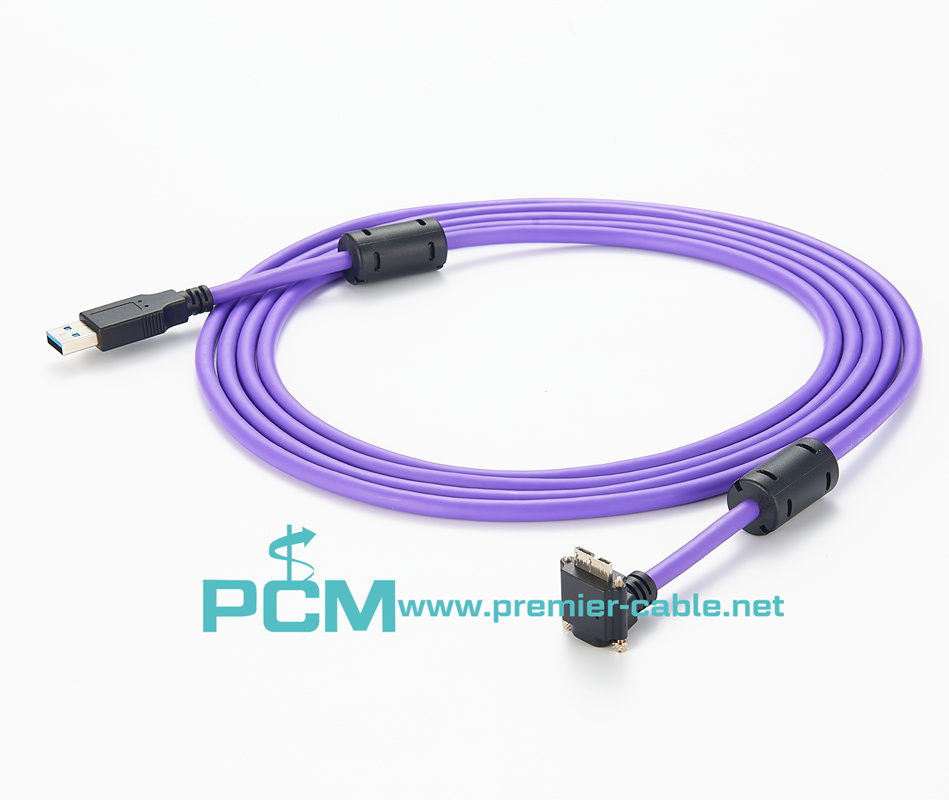
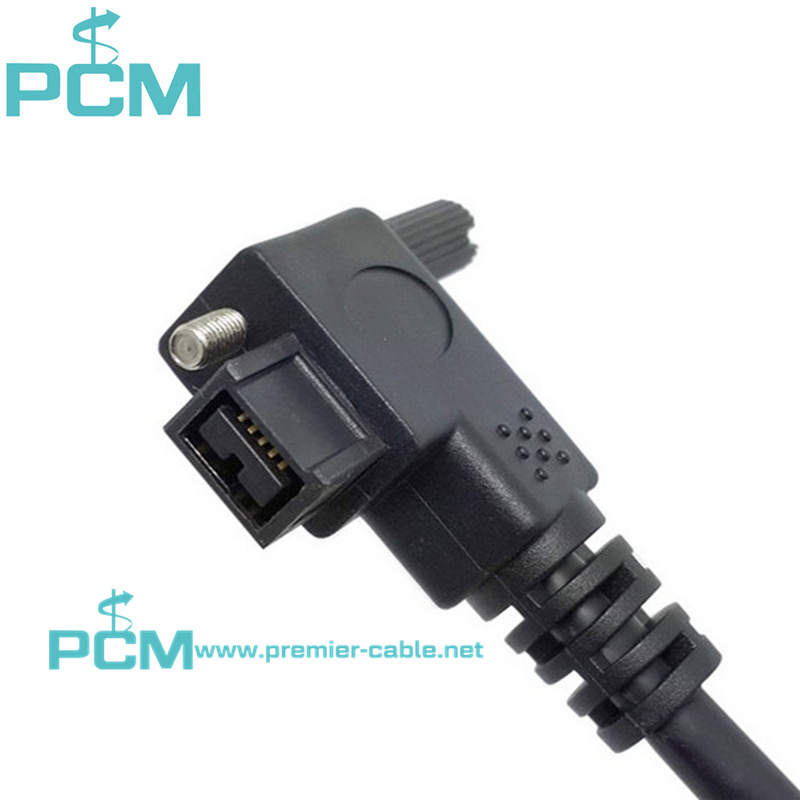
Related News
What is a terminal block used for?
While there are many factors to consider when designing an overall system, terminal blocks are an optimal solution for complex electrical system connections. With a variety of color options and configurations, Premier Cable’ terminal blocks offer a range of options to meet your design challenges.
CAN-bus has been widely used in various automation control systems. For example, CAN-bus has incomparable advantages in various fields such as automotive electronics, automatic control, smart buildings, power systems, and security monitoring.
Introduction to M12 connector pin coding
M12 encoding types are A encoding, B encoding, D encoding and X encoding. A-code, B-code and X-code are some of the earliest developed and longest-available M12 connectors. The latest M12 coding types currently under development are K coding for AC and L coding for PROFINET DC.
Cables – What are the correct cable sizes for an NMEA 2000 network?
The three different sizes of NMEA 2000 certified DeviceNet standard cabling are "micro," "mid," and "mini."
What are the advantages of NMEA 2000?
The Premier Cable Starter Kits provide everything you need to get to create a basic NMEA 2000 network from scratch.
The role of DeviceNet terminal resistor
DeviceNet_network is a fieldbus network protocol based on Controller Area Network (CAN). In the DeviceNet network, the terminal resistor plays the role of compensation and protection for signal transmission. The function of the terminal resistor is to eliminate signal reflection and interference and ensure the signal transmission quality.
